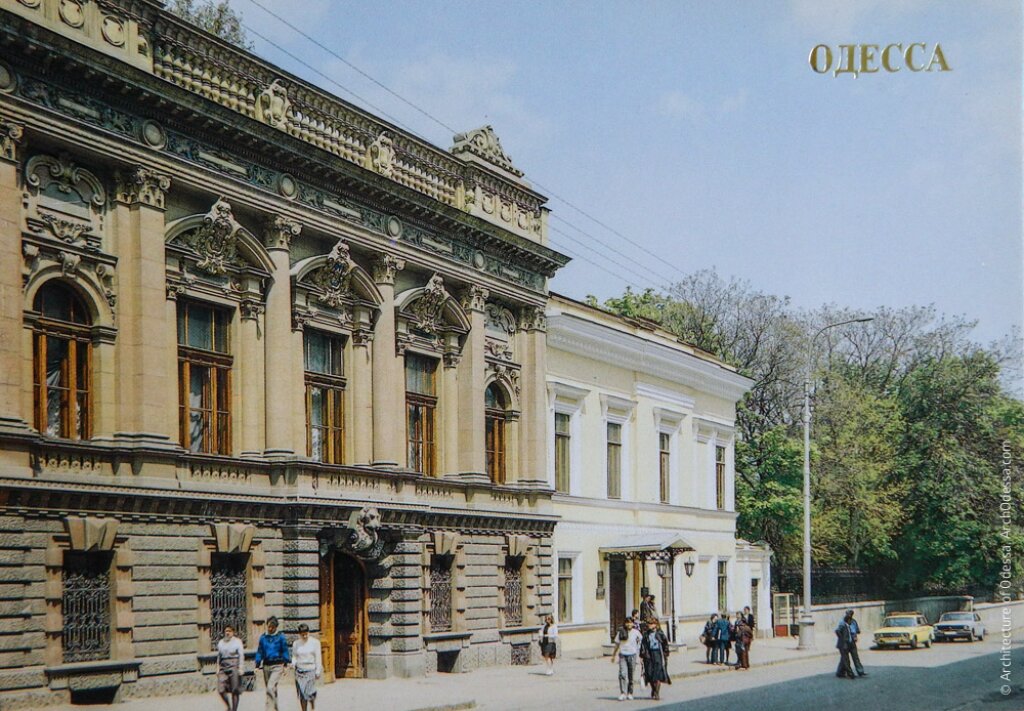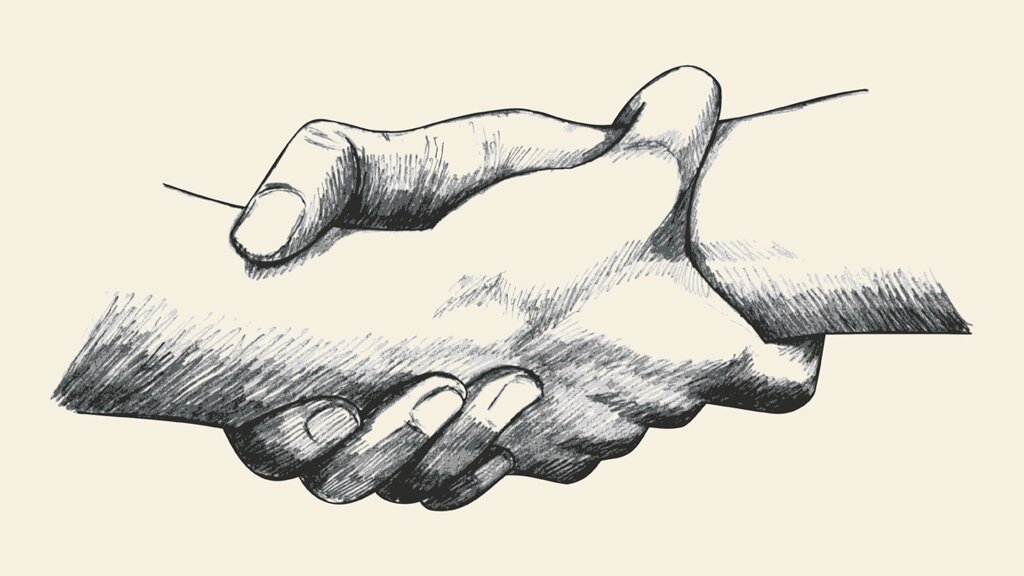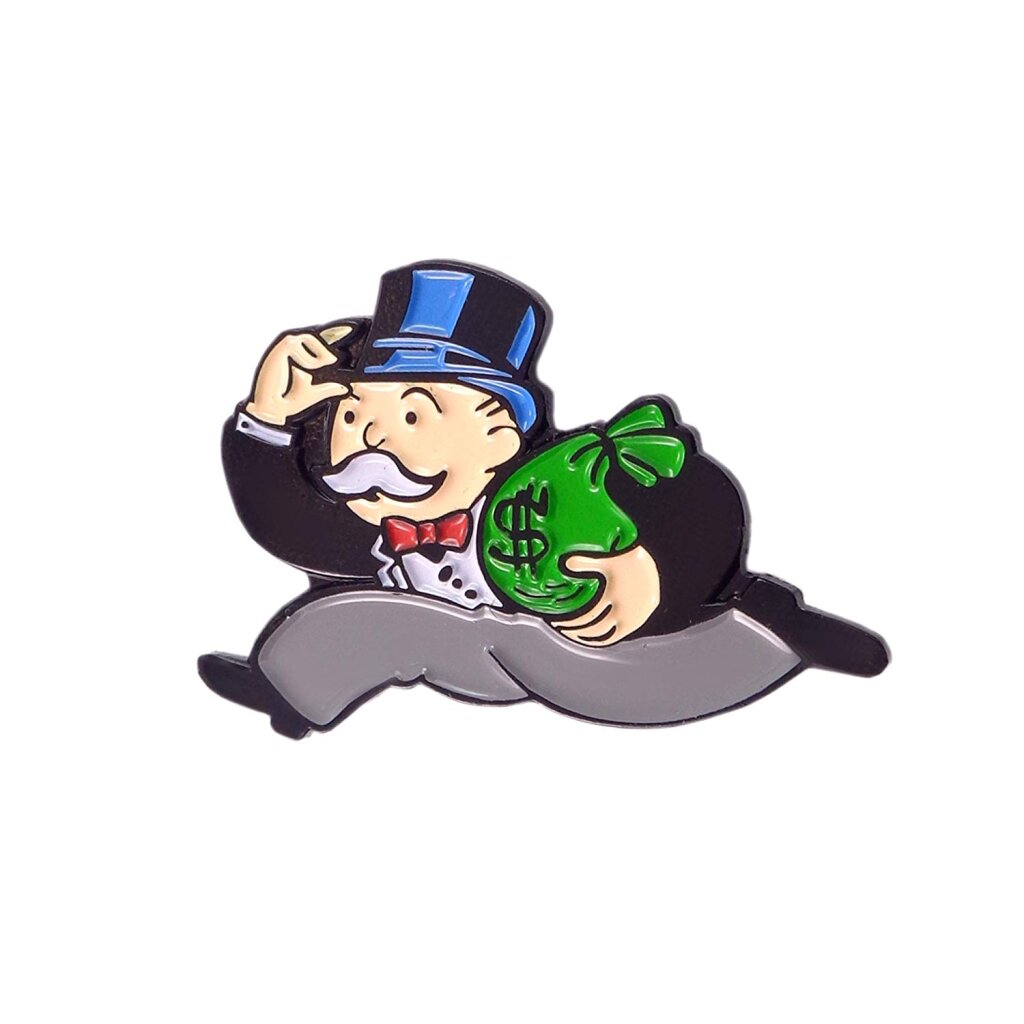Editor's Note: This week, All the Russias will be running a series of excerpts from Emil Draitser's new novel, Farewell, Mama Odessa, out this month from Northwestern University Press. The novel is set in 1979, at the height of the Soviet Jewry movement in America and worldwide. This is Part III of a four-part series; Part I may be found here and Part II here.
Emil Draitser is an author and professor emeritus of Russian at Hunter College in New York City.
“Survivor’s Guilt,” Part III
But the judge let them go. He found their action an exercise of freedom of speech granted by the U.S. Constitution. Unlike back home, they take their Constitution seriously here.
Si’s and Zev’s first significant action took place in December 1969. With Hanukkah approaching, they organized a march with lit candles. Could you imagine it, Boris? Five thousand Americans from all walks of life, Catholic nuns included, marched through downtown L.A., from the Music Center all the way to City Hall. The L.A. Mayor, Sam Yorty himself, joined them.
One important detail for you to know: in America, if the media doesn’t cover a public protest, nobody would know and care about it. It’s as if it had never taken place, to begin with. So, Si gave heads-up to the L.A. Times City Desk, and Zev grabbed the attention of several celebrities, such as a big TV performer, Steve Allen, and newsman George Putnam. As a result, the L.A. candle-lit march received nationwide coverage . . .
(This is between you and me, Boris. When I learned about this story, I asked myself: why have so many Americans troubled themselves on our behalf? Gradually, I learned that many people here feel guilty for not responding back in the late 1930s. German Jews, to escape the Nazis, came to these shores but were turned away. Americans didn’t want to get involved in European affairs. Many here thought “the pond,” as they call the Atlantic here, was big enough to protect them from European calamities.)
But back to Si. His next operation involved the L.A. Car Expo. Here, in the States, a car is so much more than a means of transportation. They treat their automobiles like beloved pets. Come Sunday, they clean and wash them, polish and shine them. Almost make love to them. So, the car shows rival beauty contests in popularity.
Some foreign countries send their vehicles to those American exhibits. A few years ago, the Soviets showcased a brand of sedan called The Lada. I bet you never heard of it back home because it was “Zhiguli.” For Western markets, they scrapped the Zhiguli name, which sounds awfully close to “Gigolo.” (Taking into consideration how feeble-powered the Soviet car is, it would offend all gigolos of the world. It’d feel the car brand name mocks their masculinity.)
So, for export, the Soviets christened that mouse of a car Lada, giving it a romantic twist. As you may recall, Lada is the name of the Old Slavonic goddess of love and beauty.
In America, more people pour in to the auto fairs than into the city zoos. The press covers it extensively. And TV reporters are also there. So, Si together with his buddy Zev got hold of some press cards, and, with photo cameras around their necks, arrived at the spot where they displayed the Soviet Lada. To advertise new cars, it’s customary in America to hire beautiful girls. Scantily clad, they walk around the limousines, sit on their hoods, lifting their legs. I take it the point of these advertisements is this—if you fall in love with the girl, you fall in love with the car.
So, Si asked one of the good-looking girls sitting at the registration desk to place her pretty derriere on the hood of the Lada and give him a smile for the camera. Thrilled at the sudden chance to be in the papers, the girl obliged him. At the last moment, when she’d already made herself comfortable on the Lada, Si handed her a placard which he asked her to hold up for him above her head for a picture. Raising her hands upwards to display the banner, the girl had no idea what was written on it, until she saw she created quite a stir. The photo and TV reporters hurried toward her from all over the vast exhibition hall. The placard she held high above her head read save soviet jews!
The more I learn about Si, the more he keeps amazing me…
Copyright © 2020 by Northwestern University Press. Published 2020. All rights reserved.



